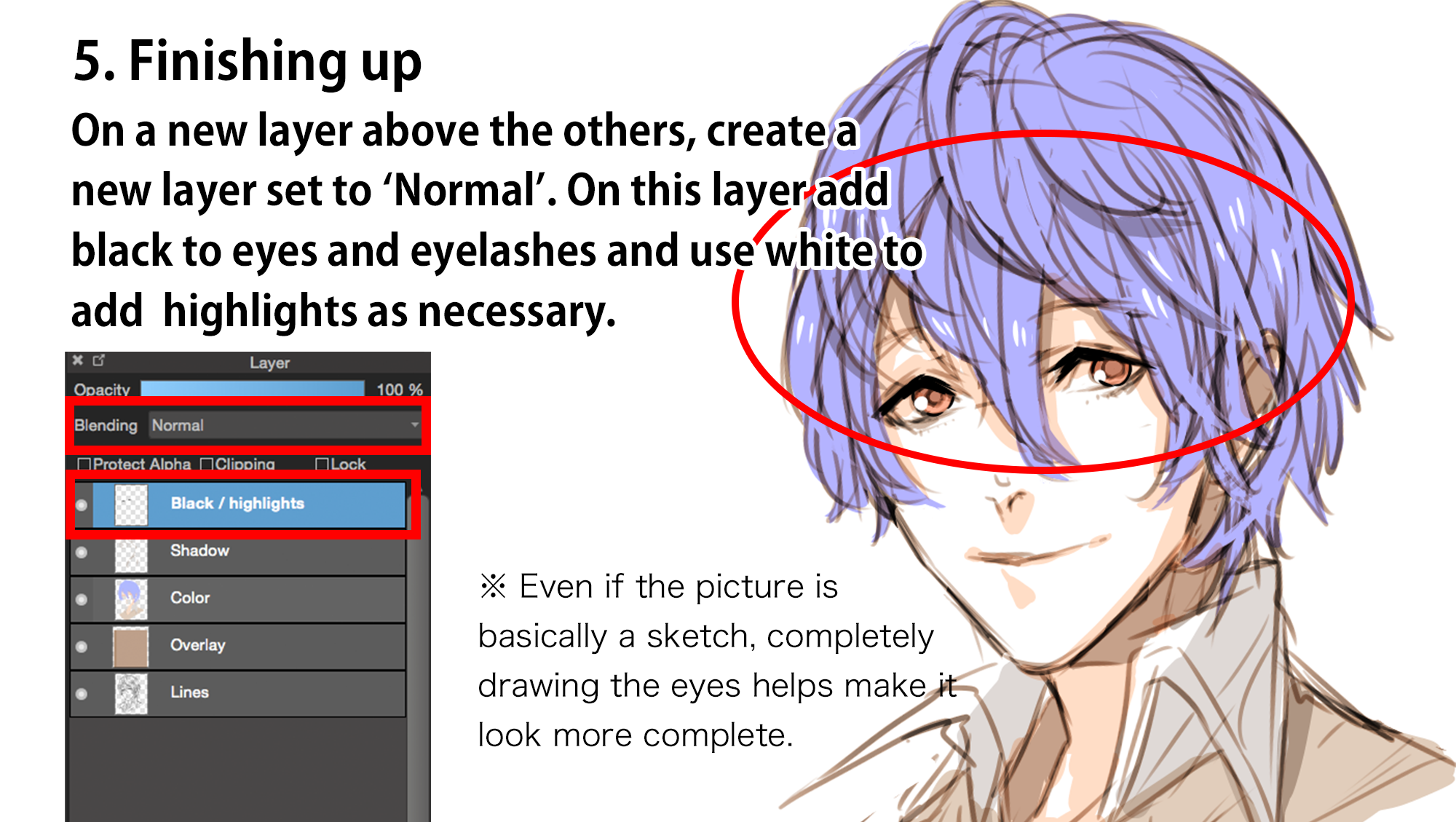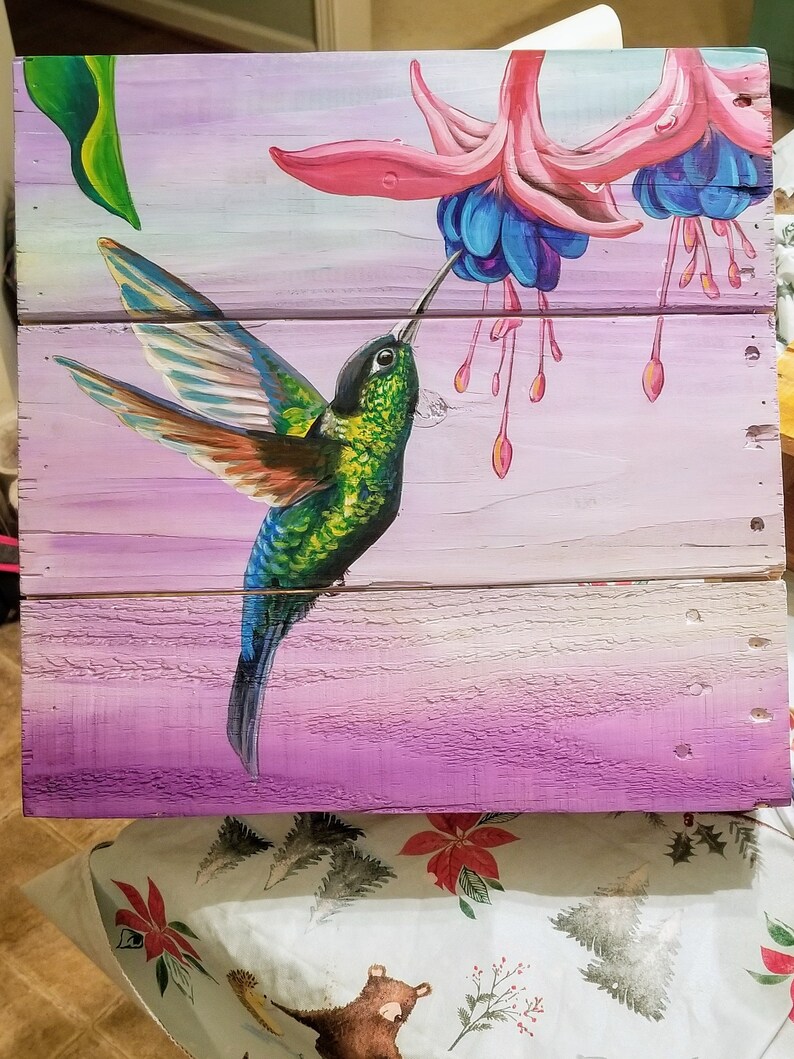

- How to put multiple images on paintbrush mac how to#
- How to put multiple images on paintbrush mac for mac#
How to put multiple images on paintbrush mac for mac#
Some of them copy and even surpass MS Paint’s ease of use and functionality, but best of all, they won’t set you back financially as most of them are completely free to download and use.įor more drawing guides, see the best drawing apps for Chromebook and the tools you need to draw in Microsoft Word.ĭo you have a favorite Microsoft Paint for Mac equivalent? Tell us about it in the comments. Whether you’ve been reminiscing about your childhood Microsoft Paint adventures or you recently switched to a Mac computer, you’ll enjoy a user-friendly experience with these Mac Paint equivalents. These tools include pencils, 150 different brushes and erasers that let you add effects to your drawings or sketches, including text in various formats.Īlso included are 25 geometric shapes, adjustable canvases, paint with transparent colors, rotate and resize, Undo/Redo and drag-and-drop support. (A quick review of the web also finds these two Applescripts: InDesign Contact Sheet, and ID Image Catalog.You can use a wide range of useful tools to draw and edit your own sketches or digital images. See this article about the ImageCatalog script. But you already have one and may not even know it. There are a number of free or low-cost scripts that let you import all your images onto a bunch of pages. And once you’ve digested that, check out this script for making data merge flow your images as anchored objects in a story. The Layers palette, with my duplicated layer ready for blurring. Right-click on the layer name and choose Duplicate Layer, or press Shift + Ctrl + D (use Shift + Command + D on macOS). We have a number of articles on data merge on the site, but here’s the most relevant one to start with. Open up GIMP and the image you want to blur, then find the Layers palette down in the bottom right of the interface. However, it takes some setup, so it’s not really attractive unless you have hundreds or thousands of images. One of my favorite methods of importing images into InDesign is called Data Merge. Yes, you have to do this while you’re still holding down the mouse button.Īnne-Marie added some good tips here, too. For example, Command/Ctrl-Up arrow increases the size between each column in the grid. But you can override it by holding down the Command/Ctrl key and pressing the arrow keys on your keyboard. By default, it’s based on the gutter width set in the Layout > Margins and Columns dialog box.
How to put multiple images on paintbrush mac how to#
Gutter size: Many people ask how to control the size of the gutter (the space) between the frames. For that sake, it’s usually a good idea to have guides on the pages (or master pages) to indicate where you should drag. One of the main problems with either of these techniques is that the frame size may be inconsistent if you don’t start and end dragging in exactly the same place on every page. In other words, use the Gridify feature above to do the first page, and then use this Contact Sheet feature for all the subsequent pages. This time you don’t have to press the arrow keys because (whew!) InDesign remembers how many columns and rows you made the last time you used the Gridify effect. But don’t repeat! Instead use?Ĭontact Sheet: You get the same grid effect by holding down Command-Shift (or Ctrl-Shift) and dragging. Whatever images are left over remain “in” the cursor, so you can jump to the next page (or add pages) and repeat. When you let go of the mouse button, InDesign creates all the frames and places images into them. Gridify: You can start dragging the Place cursor (as though you were making a new frame) and, while the mouse button is held down, press the up arrow on your keyboard to add a new row, or the right arrow to add a new column. Now you can use one of two different keyboard shortcuts to create a grid. Use File > Place to import all the images. Use Gridify or Contact Sheet Keyboard Shortcuts There has to be a faster way, right? Yup. Add new pages as necessary. 300 images, 300 clicks.

InDesign loads all the images into the Place cursor. Then, return to your document page, choose File > Place, select all the images in the Place dialog box (click on the first, then Shift-click on the last), and click Open. , you can edit the original images that make up the stack layers at any time. You could place a bunch of empty graphic frames on a master page, arrange them the way you want, and even use Object > Fitting > Frame Fitting Options (while the frames are selected) to ensure that the images fill the frame when you place them. Most of these require that you put your images into a single folder on disk. Paintbrush is a lite image edition tool very similar to Paint, the. Sure! Here are several ways to import all the images into your InDesign document. There has to be an easy way to do this, right? I have 300 headshots to put into a program.


 0 kommentar(er)
0 kommentar(er)
